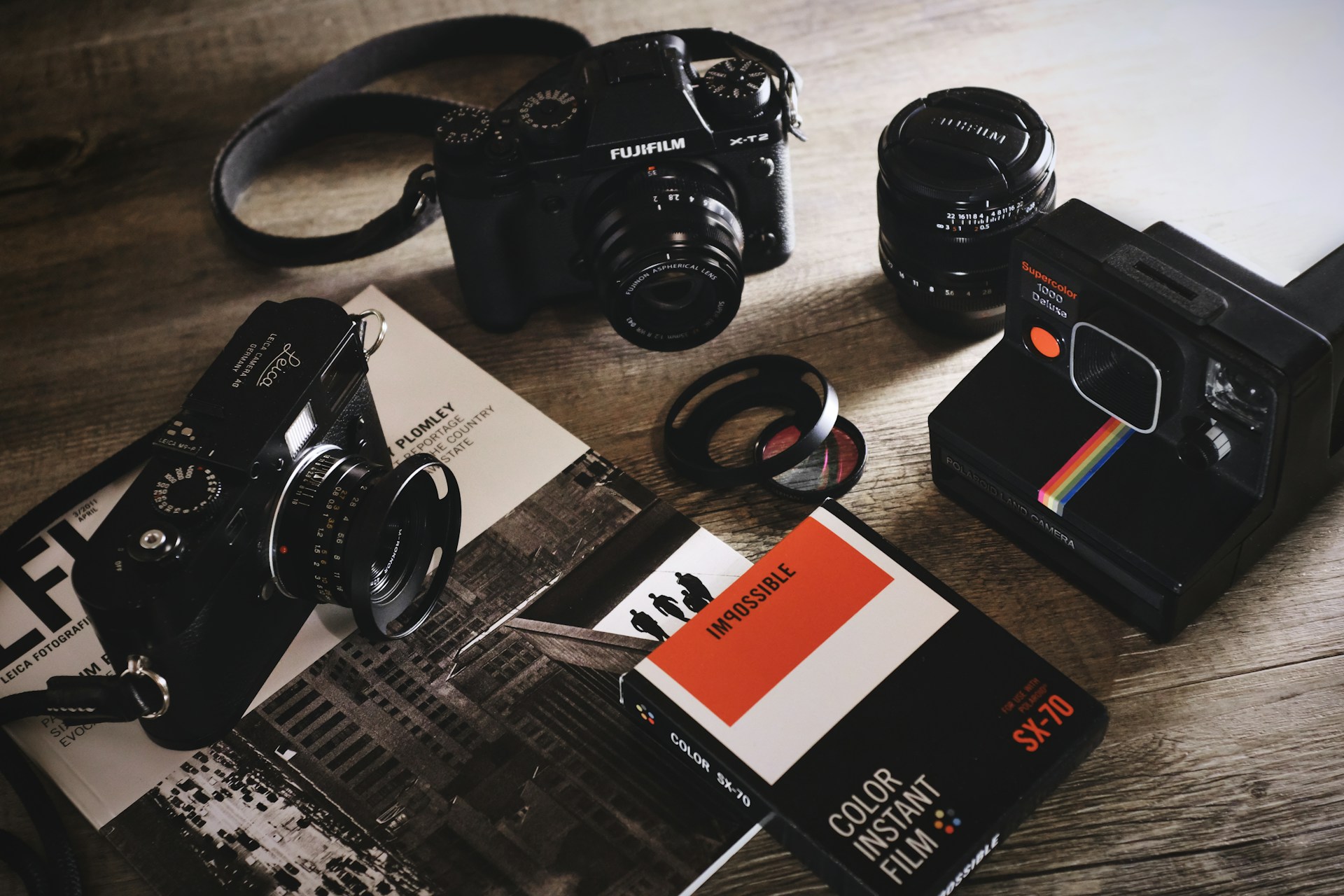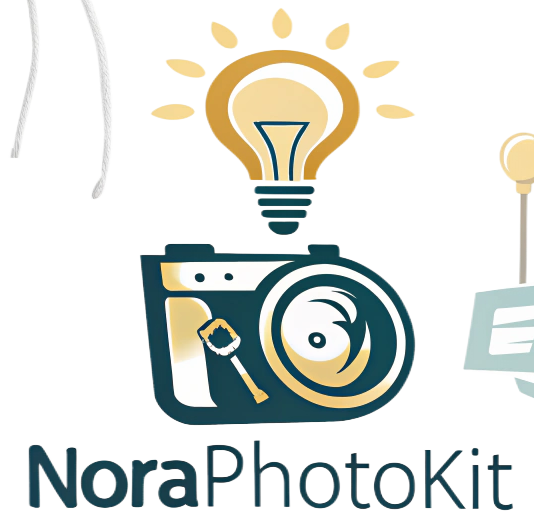
Photography is more than just capturing images; it’s about seeing the world differently and using creativity to bring unique perspectives to life. While high-end equipment can enhance photography, unconventional hacks can open up new possibilities without requiring expensive gear. With a bit of ingenuity, everyday objects can be transformed into powerful photography tools, allowing photographers to experiment, push boundaries, and develop a distinct artistic style. These unconventional photography equipment hacks prove that sometimes, the best tools are the ones you create yourself.
One of the simplest yet most effective hacks involves using household items to modify lighting. A plastic shopping bag or a white shower curtain can act as a makeshift softbox, diffusing harsh light to create a softer and more natural glow. Similarly, aluminum foil or a white piece of cardboard can serve as an improvised reflector, bouncing light back onto the subject to enhance illumination without needing professional studio lights. For a creative lighting effect, placing a colander or lace fabric in front of a light source can create intricate patterns and textures on a subject, adding depth and artistic flair to an image.
Lenses play a crucial role in photography, but professional-grade lenses can be costly. A creative workaround is using a magnifying glass as a macro lens, allowing close-up shots with stunning detail. Simply holding the magnifying glass in front of the camera lens can transform the perspective, making tiny subjects appear larger than life. Another fun lens hack involves using a pair of old binoculars as a telephoto lens. By positioning the binoculars in front of the camera, photographers can achieve magnification that mimics the effect of a zoom lens without spending a fortune.
Filters can dramatically change the mood of a photograph, and there are numerous DIY solutions for achieving creative effects. A transparent plastic sheet with a light smear of petroleum jelly can create a dreamy, soft-focus effect that mimics vintage film photography. Colored plastic wrappers or sunglasses can also be placed in front of the lens to introduce unique color grading effects without post-processing. Even a simple water bottle with droplets on the lens can create interesting bokeh and refractions, turning an ordinary shot into something visually striking.
Tripods and stabilizers are essential for steady shots, but when one isn’t available, everyday objects can serve as a replacement. A sturdy coffee mug, a stack of books, or even a backpack can act as a stable base for capturing long-exposure shots or self-portraits. For a makeshift stabilizer, using a string tripod is an ingenious hack. Attaching a long piece of string to the camera’s base and stepping on the other end while pulling it taut can significantly reduce camera shake when shooting handheld.
Experimenting with perspective is another way to push the boundaries of photography. A small mirror placed strategically within a scene can create surreal compositions by reflecting unexpected elements. Using a clear glass prism or a CD can add intriguing light flares and reflections to an image, producing stunning visual effects without digital manipulation. Even a simple smartphone screen, when placed in front of the lens, can create a double exposure effect that blends different elements within a frame.
Water and glass can be used creatively to enhance photography in unexpected ways. Shooting through a glass filled with water can create distortion, warping the subject in intriguing ways. A spray bottle can be used to add mist or water droplets to a surface, making macro shots of flowers, leaves, or glass surfaces appear more dynamic. Shooting through rain-covered windows or reflective surfaces can create an atmospheric mood, adding layers of depth to an image.
Unconventional photography equipment hacks encourage photographers to step outside their comfort zones and explore new ways of capturing the world. By reimagining everyday objects as creative tools, photographers can produce extraordinary results that stand out from conventional images. The art of seeing goes beyond expensive gear—it’s about vision, experimentation, and the ability to transform the ordinary into the extraordinary.
